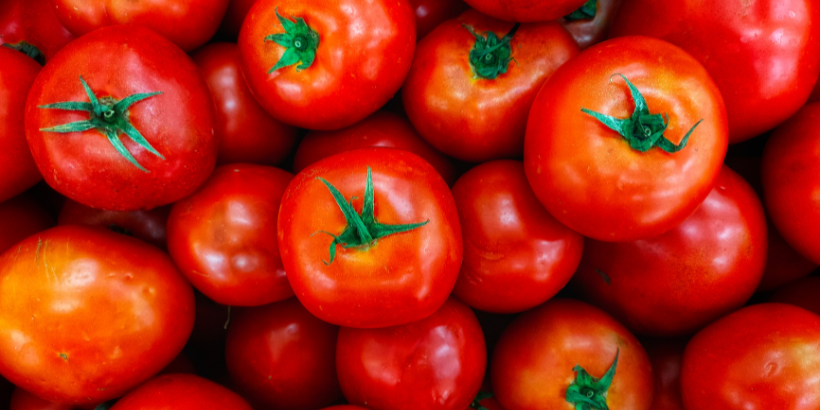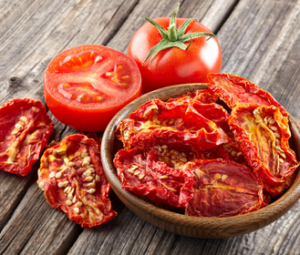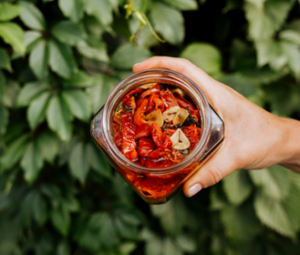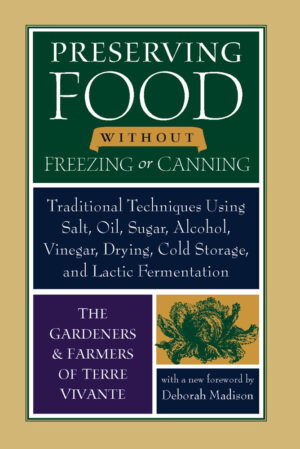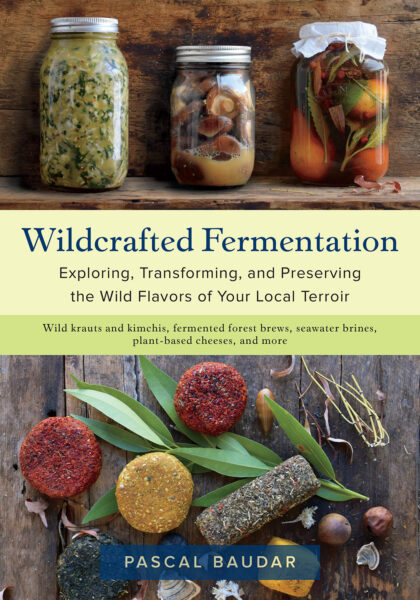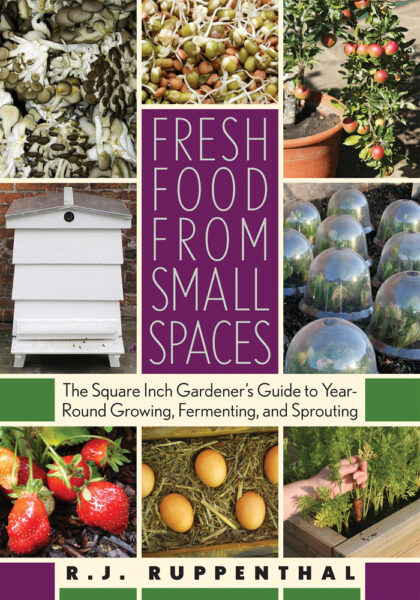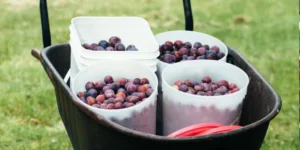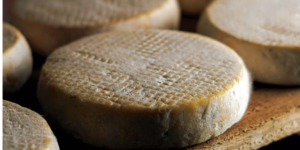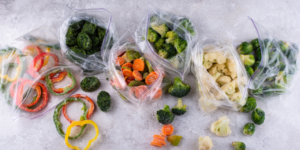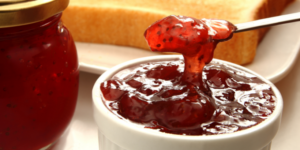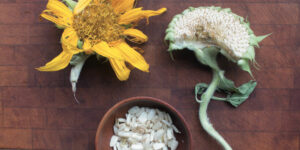Three Recipes for Dried Tomatoes
As gardening season comes to an end, you’re probably wondering what to do with all the veggies you grew over the summer. Well, now’s the perfect time to start thinking about drying and preserving your bounty! Get the ball rolling with these fine recipes for dried tomatoes.
The following recipes are from Preserving Food without Freezing or Canning by the Gardeners & Farmers of Terre Vivante. They have been adapted for the web.
Tomatoes Dried Naturally
- Tomatoes
- Almond oil (or another mild oil)
- A clean rag
- Drying apparatus
- A glass jar
Tomatoes are by far the vegetable most often preserved by drying in various forms. We prefer to use the ‘Beefsteak’ variety, a pulpy tomato with fewer seeds.
Peel the tomatoes. (If this poses a problem, soak them for a few seconds in boiling water.) Cut them lengthwise (from bottom to top) into slices approximately 1/4-inch thick and remove the seeds.
Place the slices on a clean rag to absorb the juice. Oil the dryer screen lightly, preferably with mild almond oil, so that the slices will not stick. When the slices are dry on one side, turn them over; they will be hard when dry. Store the tomatoes well packed in a glass jar.
To use, pour one cup of boiling water over one-half to three-quarter ounces of dried tomatoes per person, and leave them to soften for a few minutes. Add a teaspoon of olive oil, season to your tate, and serve with a purée or a grain dish. We also add these tomatoes to grains or vegetables that are nearly done cooking.
—Odile Angeard, Cognin
Stuffed Dried Tomatoes in Oil
- Tomatoes
- Parsley
- Garlic
- Anchovy fillets (optional)
- Fresh basil leaves (optional)
- Oil
- Drying apparatus
- A glass jar
I dry my tomatoes in a solar dryer, cut in half and seeded (easily done with a small spoon). When the tomatoes are dry, stuff a little finely chopped parsley and garlic between the two halves.
If you like, add an anchovy fillet, or a basil leaf. Place the reassembled tomatoes in a jar and cover with oil. These are delicious added to a salad during winter.
—Anonymous
Sun-Dried Tomatoes in Oil
Variation 1:
- 4 lbs. tomatoes
- 1 lb. coarse salt
- Oil
- Drying apparatus
- Gauze
- A clean, dry cloth
- Glass jars
Choose very ripe, small, oblong tomatoes. The Italian variety “Principe Borghese’ is an excellent drier, as are many smaller plum or “paste” tomatoes.
Cut the tomatoes in half, place them on a tray set in the sun, add salt, and cover with gauze to protect from insects. During the day, turn the tomatoes over twice; at night, bring them inside to protect from moisture.
A few days later, when you see that they are very dry but not totally dehydrated, remove some of the salt with a clean, dry cloth.
Put the tomatoes into jars and cover them with approximately three-quarters of an inch of oil over the tomatoes, coming up to three-eights of an inch below the rim.
Close the jars tightly and store them in a cool place. In Italy, tomatoes preserved in this manner are eaten as hors d’oeuvres, with no additional preparation.
Marie-Christine Martinot-Aronica, St. Dizier
Variation 2:
- Tomatoes
- Vinegar
- Hot peppers, mint leaves, or whole garlic cloves (optional)
- Oil
- Drying apparatus
- A glass jar
Choose tomatoes that are firm and completely intact, preferably plum tomatoes. Cut them in half lengthwise. Allow them to dry on trays in the sun, bringing them in whenever it is humid, and in at night to avoid dampness. When they are dry, soak the tomatoes in warm vinegar for twenty minutes.
Drain and put them in a jar, alternating layers of tomatoes with one or two hot peppers, mint leaves, or whole cloves of garlic. Press well to allow any air to escape, and then cover with oil. These tomatoes will keep for a very long time. We eat them as hors d’oeuvres or with rice, pasta, meat, or fish.
—Babette Cezza, Vergt
Recommended Reads
Recent Articles
Cheese is milk’s destiny. Be inspired by the celebration of milk-in all its forms-especially the transformation of milk into cheese through natural cheesemaking
Read MoreTry your hand at preserving veggies by freezing them! Freezing vegetables is a quick, simple way to preserve them for winter meals.
Read MoreThe possibilities are pretty much endless with wild ingredients — use almost any fresh fruit or juice and a sweetener to create your own custom jam or syrup!
Read MoreDid you know that more than just the seeds of a sunflower are edible? Almost every part of a sunflower are completely safe and delicious when cooked correctly.
Read More
